Flowers make beautiful subjects for photographs, and with the right techniques, you can capture their natural beauty using just your smartphone. Here are a few tips to help you photograph flowers with better results.
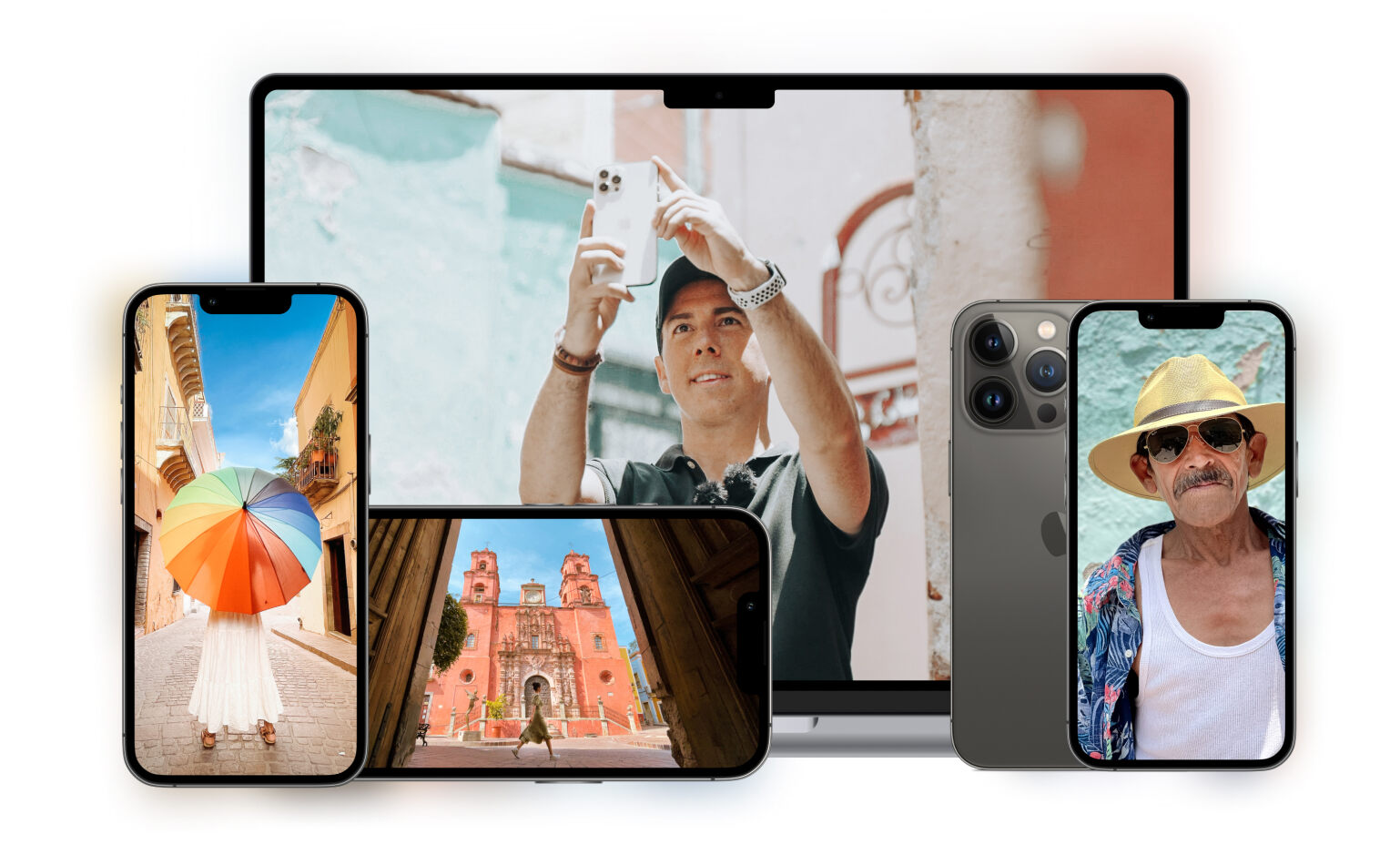
Portrait mode is now available on most smartphones. It can give you more high-end, professional looking results in some shooting situations.
This feature is great for taking pictures of people. But it can also give you refined, professional results with still life subjects because it works so well for close-ups.
Portrait mode will help you get shallow or soft depth-of-field. You can blur out any distractions in the background. Just as you would if you were shooting with a low f-stop number on a DSLR camera.
The aperture on most phones is fixed. But portrait mode is a form of computational photography. It artificially applies blur to the background to mimic the background blur of a DSLR.
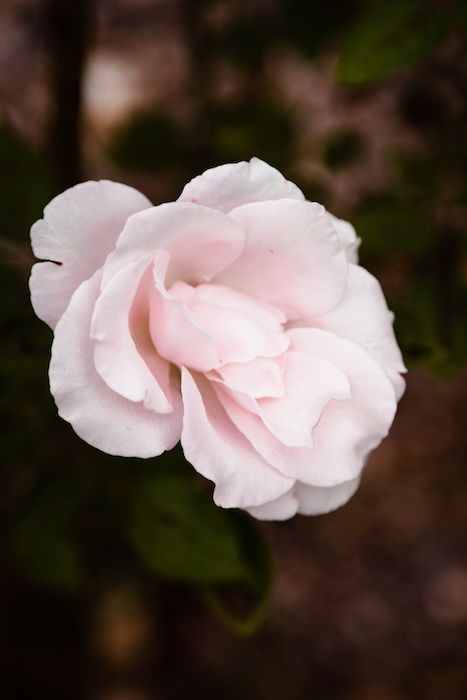
Flowers are usually very colorful and intricately detailed. This is why it’s important to eliminate any distractions in the background. You don’t want anything to take the viewer’s attention from your subject–the flower itself.
Distractions can range from a fence to undesirable foliage. Use your judgment when deciding how your background should look.
To solve the issue of distractions issue, get very low to the ground. You can even try pointing your camera up and see how this approach works with your subject.
If your surroundings are too busy, you can place a piece of black or white foamcore behind your flower for a neutral background. You can find these at most craft stores.
A background that looks good with your flowers, like some beautiful and lush leaves, might not be enough. Make sure that the flower is still the focus and doesn’t get lost in a sea of green.
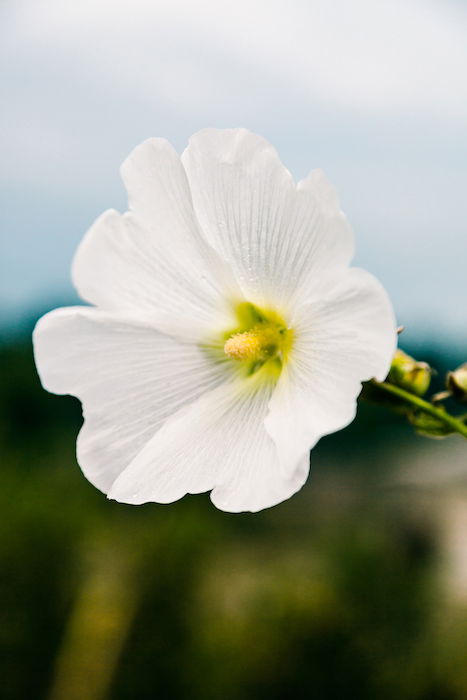
When flower images don’t work, it’s often because they were taken from high above. This is an angle that we typically view them at. This angle doesn’t flatter the flower well or highlight its best features.
It’s more unique and striking to see flower photography in a way we are not used to viewing botanicals. Also, shooting from the lower ground makes your subject look bigger than it is. It will fill more of the frame.
This is another great way to eliminate a distracting background.
Direct light is all the rage right now when it comes to photography trends. When it comes to taking pictures of flowers, diffused light is your friend. Florals look best when the light is soft.
Bright, direct sunlight will create harsh shadows on your flowers. And it’ll cause parts of it to be overexposed.
Head out in nature or your local botanical garden on an overcast day. The clouds act like a big softbox, scattering the light evenly, with soft contrast.
The blue hour and golden hour favored by landscape photographers are also great times of the day to go out and take pictures of flowers.
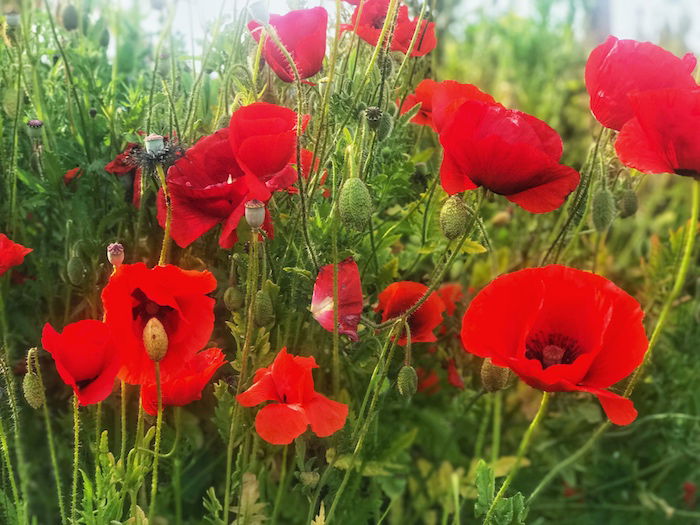
When photographers take pictures of flowers with their DSLR, they use a macro lens. When you use your smartphone, take images close-up for a similar effect.
When you get close, you can see the intricacies of the flower. Focusing on only part of the flower can actually have a big impact. Your image can look a little abstract and artistic, but your subject will still be recognizable.
Photographing flowers up close is one great way of getting rid of any distracting backgrounds.
You’re not limited to shooting flowers out of doors. There is a lot you can do inside with a few flowers and a vase, or even just a plain background such as a scarf or a piece of linen, or even a plate.
The key is to make sure that you shoot close to a window, so you have access to enough natural light. If the light is too bright and direct, you can diffuse it with a DIY item.
A white sheer curtain or a translucent shower curtain works if you don’t need to have a photography diffuser.
You can photograph a bunch of flowers in a vase on a table with a suitable background. Or you can zoom in on the flowers in the vase without allowing the vase to show.
You may choose to do a flat lay where you create a design with the blooms. Or you can photograph them with other objects like a cup a tea and an old book.
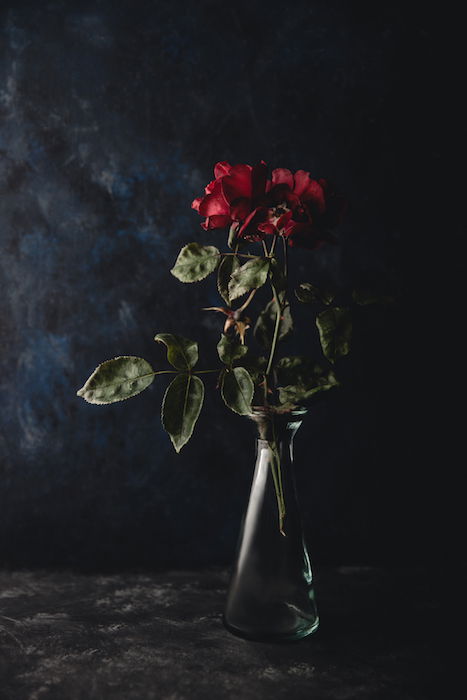
Water droplets on flowers can look appealing–particularly on roses. They give florals a fresh and dewy look as well as a sense of the atmosphere.
Head out very early in the morning to capture this natural sparkle on nature’s beauties. Or head out one day after the rain has fallen.
You can also take a small spray bottle of water with you, and mist the flowers just as you are about to shoot. Note that the water will evaporate.
If you’re indoors working on a still life photo of flowers, spraying them again and again can make them soggy. You can fix this problem by mixing together a 50/50 solution of water and glycerin.
You can find glycerin at the drug store in the cosmetic section. Food stylists use it to maintain a freshly misted look when working with fruits and vegetables. It works well when capturing flowers with a dewy look.
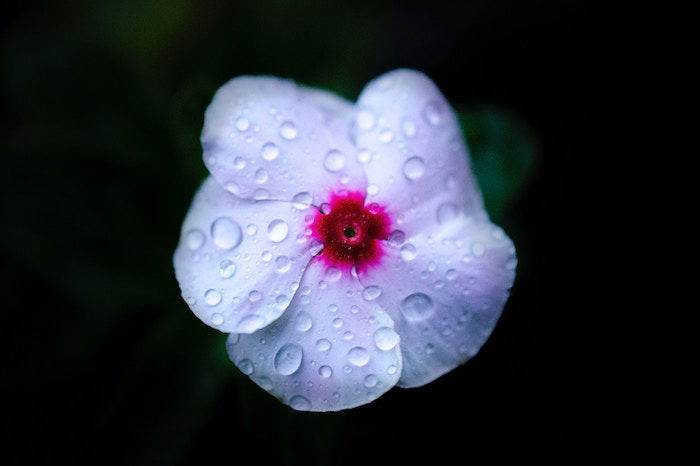
A tripod that is designed for smartphone use is a valuable tool for stabilizing your camera for while shooting.
How many camera phone pictures have you taken that were blurry due to shaky hands? Using a small tripod to keep your smartphone stable will prevent this from happening.
Tripods are a super inexpensive accessory that can help you get much sharper photos. It’s a must for still life photography.
You can use the Auto Exposure lock on your phone in order to get a long exposure if you don’t have enough light. You can also use the timer so that you don’t have to touch the screen when taking the photo.
To take a picture on an iPhone without touching the screen, set a short timer delay. The setting is the second icon from the top on the right. Click that and select the 3-second delay.
Don’t forget that masses of flowers such as those that grow in a field. I happened upon a huge bed of poppies in a park in my neighborhood. I pulled out my phone right away.
Flowers are gorgeous when shot up close. But don’t forget that the wider perspective can tell a story and bring its own charm.
A field of bright flowers or rolling landscape against a blue sky will give your image context. It can convey the fact that there was such an abundance of flowers in your setting.
This may not be obvious when shot much closer.
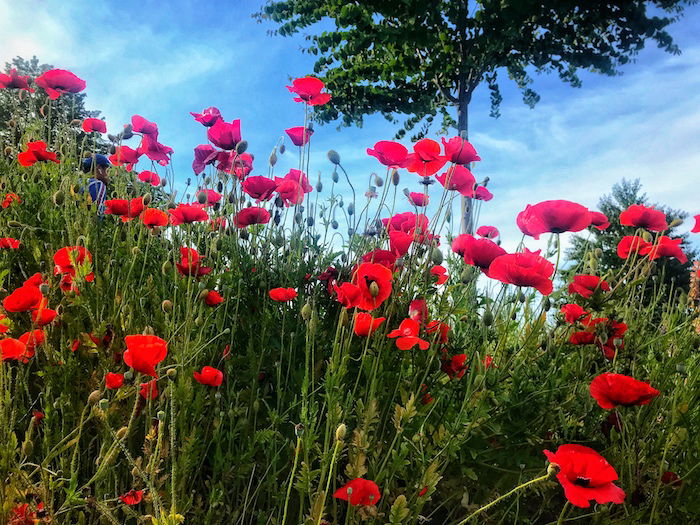
There are a lot of apps out there that can help you edit your smartphone flowers photos. The one you choose is up to you. But there are some tools that you should look for. One of them is Curves.
Curves helps you control the highlights and shadows in an image and working with this tool can make a big difference in flower images taken on your smartphone.
It’s one of the most fundamental tools in both Photoshop and Lightroom. Some photo editing applications, like Snapseed, offer it.
The ability to correct white balance is another important feature you should take note of. This will help you correct any yellow or blue color casts in bright and airy images or images that have a lot of white in them.
Depending on your light, your white can come out looking gray. Or it might reflect a hue that you don’t want. White balance will help you correct this.
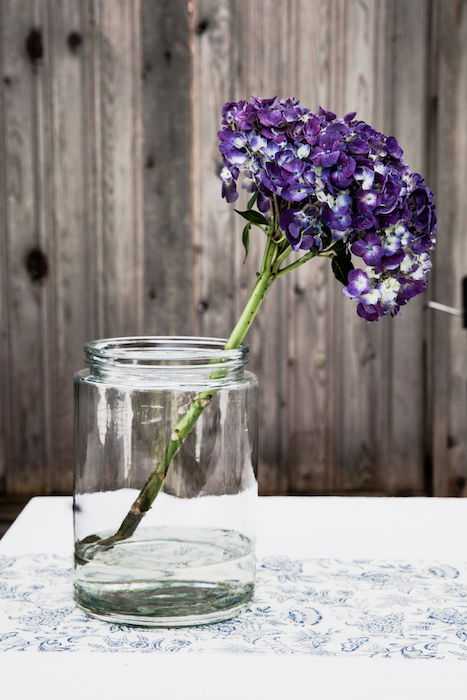
Florals pack the most punch visually when they are vivid and colorful. But how about trying black and white flower photography?
The unexpected can make your photos very interesting, and monochrome is one way to achieve this.
This is easy to do with a smartphone. You take a picture and apply a suitable black and white filter, and then further edit it with your favorite app.
Keep in mind that as great as filters are, they’re best when used as a starting point. Make further tweaks so your final result will match the mood of your image.
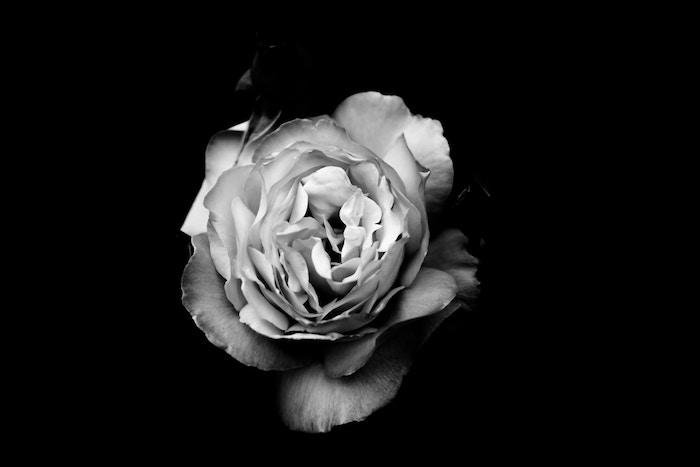
Ultimately the goal in floral photography is to highlight the innate beauty of flowers. This means getting creative with how you approach your shooting and editing process.
Try to think outside the box. You can take pictures of flowers in a way that they are not regularly seen.
In the image below I captured a flower past its prime. Given the right mood and use of shadows, dried flowers or those that have begun to wither can look mysterious and beautiful.
Another suggestion is to take shots of the flowers in a box. Use pieces of black poster board or foam core to block and shape the light.
Using a box, such as a wooden crate, is a technique that will help you create heavy shadows for an interesting, dark and moody shot.
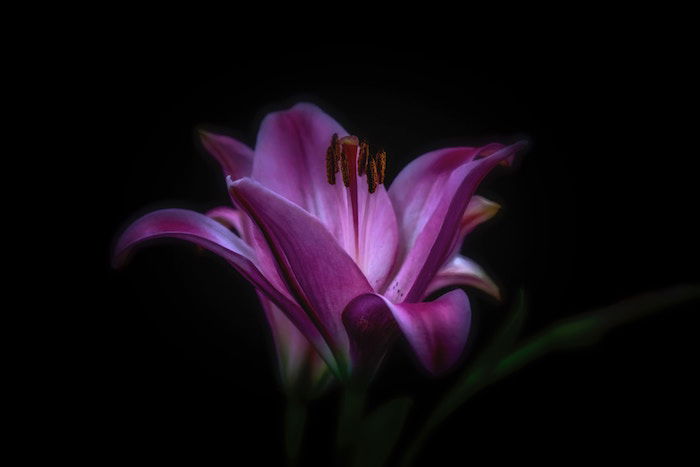
Flowers have unique shapes, vibrant colors and intricate details. They can be one of the most interesting subjects to shoot.
Head out to a botanical garden and try some of these tips. You’ll have a rewarding experience and come home with numerous beautiful flower photos.

